The Radio Shop One Tube Regenerative Receiver
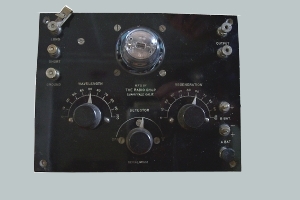
|

|
Click Any Picture For Larger View
|
I acquired this little regenerative set at a local auction. The set was manufactured by the Radio Shop of Sunnyvale, California. The Radio Shop was founded in 1920 by Arthur E. Bessey and Tom Lambert in a small room in the Bank of Italy. They also manufactured sets under the Echophone brand. |
|
From the Sunnyvale Standard, May 5, 1922;
RADIO SHOP IN SUNNYVALE MILLION DOLLAR ENTERPRISE |
|
The set uses a single 01A type tube in a regenerative circuit. There wasn't much to do in the way of restoration other than cleaning the front panel and one of the circular capacitors had to be dissambled and the mica wafers recentered. The unusual thing about this set is the case in which it installed. It is made of ceramic pottery rather heavy and of unsual design for use with a radio. There are no markings on the case to give a clue to it's origin, which led me to wonder if this was an original Radio Shop case. After discussing this with another local collector, he contacted another collector in California who is very knowledgeable on The Radio Shop. He did confirm that the case is original and it also came in green. Fast forward to December 2014. I received a call from a fellow collector who said that he was doing some repair work on one of these radios. The person who owns the radio said it had been given to his family by one of the owners of the Van Briggle Pottery Company of Colorado Springs, Colorado in 1923, and that the ceramic case was manufactured at the Van Briggle plant. Artus Van Briggle and Anne Van Briggle moved to Colorado Springs in 1899 because of his struggle with tuberculosis. Artus opened Van Briggle pottery in 1901, his wife Anne would create the designs. Artus died in 1904 and Anne continued to run the company for a while but it eventually was sold and has changed owners several times since, was up for sale once more in 2012 but due to lack of a buyer is no longer in business. I have not been able to find out just how the idea of a radio set in a Van Briggle case came about, the company did produce various novelty items such as mugs, incense burners, candle holders, ect., so perhaps this radio was one of them. The radio itself was purchased from The Radio Shop of California, and after being installed in the ceramic case was to be sold to Van Briggle dealers at a wholesale price of $49 and would retail for $79. It evidently was not a success and probably very few were made making it quite rare. The ceramic case is rather crude buy the standards of the famous Van Briggle pottery, which is now highly prized by pottery collectors. There is a Van Briggle museum located in the original building that houses the kilns just about a mile from my house. The radio doesn't carry a model number, just the nomenclature, "Mfd By The Radio Shop, Sunnyvale, Calif." |
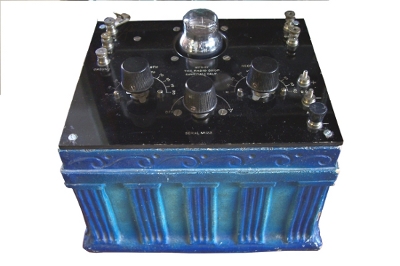
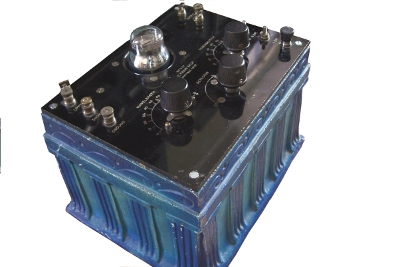
|
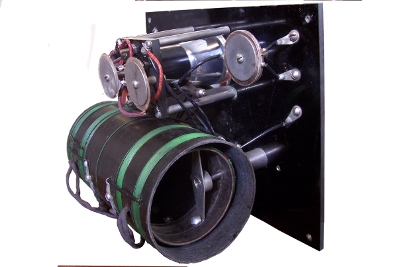
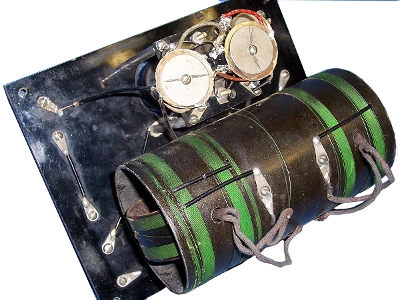
|
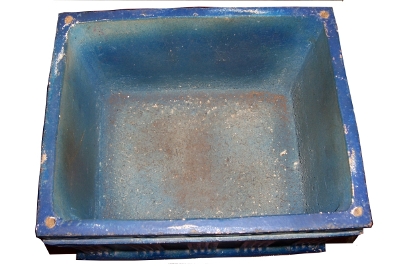
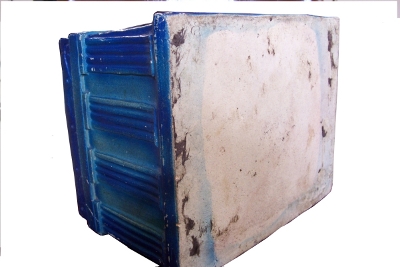
|
|
With a 10 foot length of antenna strung out on the basement floor, the little set pulls in four local stations with good volume.
More information about The Radio Shop and pictures of other sets can be found in Alan Douglas' book, "Radio Manufactures of the 1920's" Vol 3. I welcome your comments, if you have a moment
of Webcounter |